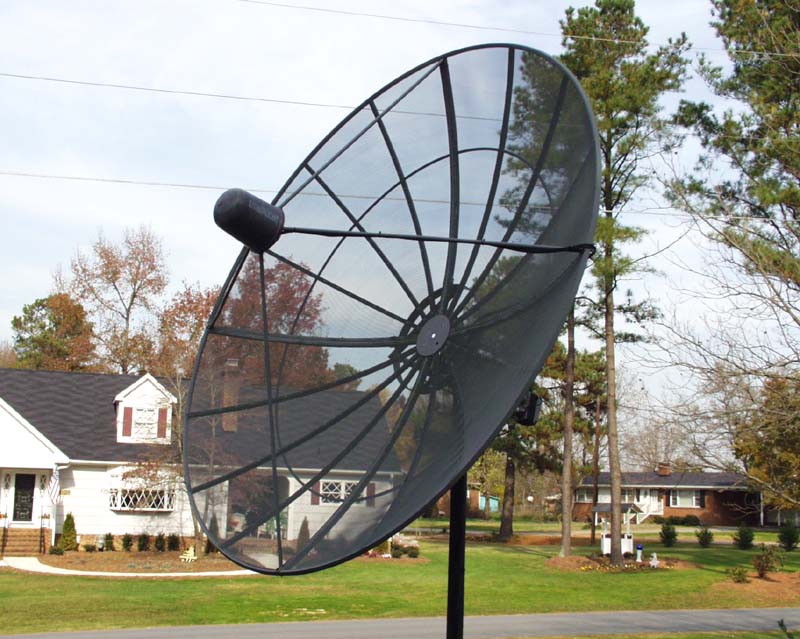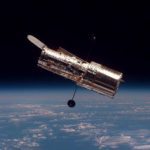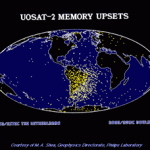Our investment in satellite technology is approximately $200 billion. The US telecommunications industry reports annual revenues of $350 billion each year. The electrical power industry reports annual revenues of $250 billion [more].
Space weather forecasting for these civilian resources is handled by NOAA’s Space Environment Center. In 2004, their operating budget was slashed by Congress to $5 million per year from a Presidential recommendation of $8 million.
This short-sighteness may be our undoing.
Congressional Hearing – October 30, 2003.
“NOAA’s SEC works closely with the U.S. Air Force’s Space Forecast Center at Offutt Air Force Base in Nebraska, which provides space weather forecast services to U.S. military customers. The total budget for Air Force space weather efforts was $15.3 million in FY 2003. The Air Force provides two personnel who work at the SEC to ensure that this vital space weather information is fed smoothly to the Air Force, which then tailors it for military purposes. For example, NOAA’s SEC may issue a warning that a geomagnetic storm will occur in the Earth’s atmosphere at a certain time. The Air Force will use this information to make recommendations about military satellites that should be turned or powered down, or military operations that should be suspended until the storm passes… The Space Environment Center is funded through NOAA’s Office of Oceanic and Atmospheric Research (OAR). In FY 2003, the SEC received $5.2 million (a reduction of $2 million below FY 2002 levels). For FY 2004, the Administration requested $8 million for NOAA’s SEC. At this time, the FY 2004 appropriations process is ongoing in Congress. The House Commerce, Justice, State (CJS) bill, passed in July, provides $5.2 million for the SEC (same level as FY 2003). The Senate CJS bill, reported out by the full committee, recommends no funding for SEC and suggests that the Air Force or NASA should assume the responsibility of forecasting space weather…
“The recent media coverage of effects show there is a direct correlation between space weather and the U.S. economy. The direct global economic impact of space weather has been estimated very conservatively at $200 million per year. It is clear that the adverse conditions in the space environment can disrupt communications, navigation, air travel, national electric power distribution grids, and satellite operations. Improved space weather information will assure safety, reliability, and national security… A one percent gain in continuity and availability of GPS information, which can be disrupted by space weather events, would be worth $180 million per year. DOD alone spends $500 million each year to mitigate space weather effects. ..A geomagnetic storm in 1989 caused $13.2 million in damage to power systems operators in Quebec, and another $27 million to power operators in New Jersey. In addition, the disruption creates additional impacts for power customers who lose electricity. After 1989, Hydro-Quebec spent $1.2 billion on capacitors to prevent potential space weather disruptions… One recent estimate suggested that the use of good forecasts by the power industry could save the U.S. $365 million per year, averaged over the solar cycle.
As you stated, the President’s budget recommends $8.3 million for SEC in fiscal year 2004. The House Appropriations Committee has recommended $5.3 million, fully $3 million below the President’s request, and the Senate Appropriations Committee has zeroed out funding entirely. [Dr. Ernest Hildner – NOAA/SEC Director]”
Let me begin by pointing out the significant commercial investment and critical telecommunication services that are at risk resulting from space weather effects…$49.8 billion was generated and $12.1 billion of investments were made in 2002 in this industry. [Dr. Robert A. Hedinger, Executive Vice president, Loral SKYNET, Loral Space and Communications LTD]
More From SolarStorms.org:
Submit your review | |






